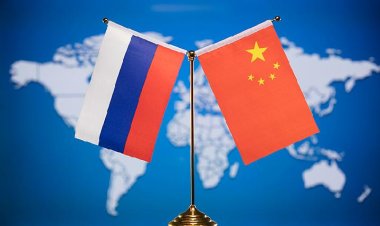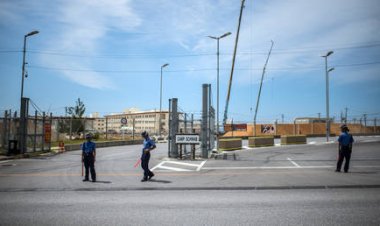How the "4-hour Yangtze" ecosystem is transforming China's industrial core
All it needed was just four hours. Picture the creation of a state-of-the-art electric vehicle, executed with the speed and precision typical of a finely-tuned supply chain. In the Yangtze River Delta of China, this is not just a vision but...

Picture the creation of a state-of-the-art electric vehicle, executed with the speed and precision typical of a finely-tuned supply chain. In the Yangtze River Delta of China, this is not just a vision but a tangible industrial reality. A car manufacturer in this region can coordinate its entire supply chain in less time than it takes to binge-watch two movies.
Shanghai, a city renowned for its spirit of innovation, provides the vehicle's "brain" – consisting of microchips and AI-driven software. Two hundred kilometers to the west, Changzhou supplies the "heart" – high-capacity power batteries. To the south, Ningbo constructs the car's "body" with die-casting machines. This integrated collaboration has led to a “4-hour industrial ecosystem,” exemplifying modern supply chains that are enhancing China’s manufacturing capabilities.
At the conclusion of this ecosystem, one can witness the bustling activity at Shanghai's Haitong International Automotive Terminal, where ro-ro ships are loaded with vehicles destined for global markets. Customs data indicates that in 2024, 798 international car carriers left the port, exporting 1.298 million vehicles – highlighting the Yangtze River Economic Belt's status as China's largest automotive corridor.
Innovation along the river
The transformation occurring along the belt encompasses much more than just automobiles. In Wuhan's East Lake High-Tech Development Zone, known as "China's Optics Valley," the nation’s first suspended rail line smoothly glides above the thoroughfares, reflecting the region’s technological aspirations. Hosting 16,000 optoelectronics companies, this zone now boasts an industry scale exceeding 500 billion yuan, making it a leader in global fiber optic and laser production.
Meanwhile, 400 kilometers downstream in Hefei's "Sound Valley of China," voice prompts lead to AI-generated images and applications in real-time. This AI hub, which is home to over 2,000 businesses, has surpassed 200 billion yuan in annual output, anchoring a vibrant ecosystem focused on voice recognition and artificial intelligence.
Further west, Chengdu and Chongqing are emerging as influential centers for next-generation displays, while Hunan Province, historically a stronghold of heavy industry, added 24 national manufacturing champions in 2024, solidifying five advanced industrial clusters.
Waterways weaving a global network
Spanning 6,300 kilometers, the Yangtze River serves as more than just a natural wonder – it acts as China's economic artery, linking inland production centers to international markets.
In upstream Chongqing, the Liangjiang New Area's Guoyuan Port has transformed from a local river terminal into a global hub. Its sixteen 5,000-tonne class berths and expansive yards now connect western China to over 300 ports across 100 countries.
Central China's Wuhan enhanced its connectivity in late 2023 by introducing a 2,350-nautical-mile route to Ho Chi Minh City in Vietnam, significantly lowering logistics costs for exporters with a round trip duration of just 16.5 days.
Ningbo-Zhoushan Port, a major hub downstream, has been recognized as the world's busiest cargo port for 16 consecutive years, while Shanghai Port employs digital systems to optimize container movements across rail, road, and water.
As the Yangtze River flows toward the sea, it carries more than just water; it fuels China’s strategy for opening up and expanding its global outreach.
Debra A Smith for TROIB News
Find more stories on Business, Economy and Finance in TROIB business












